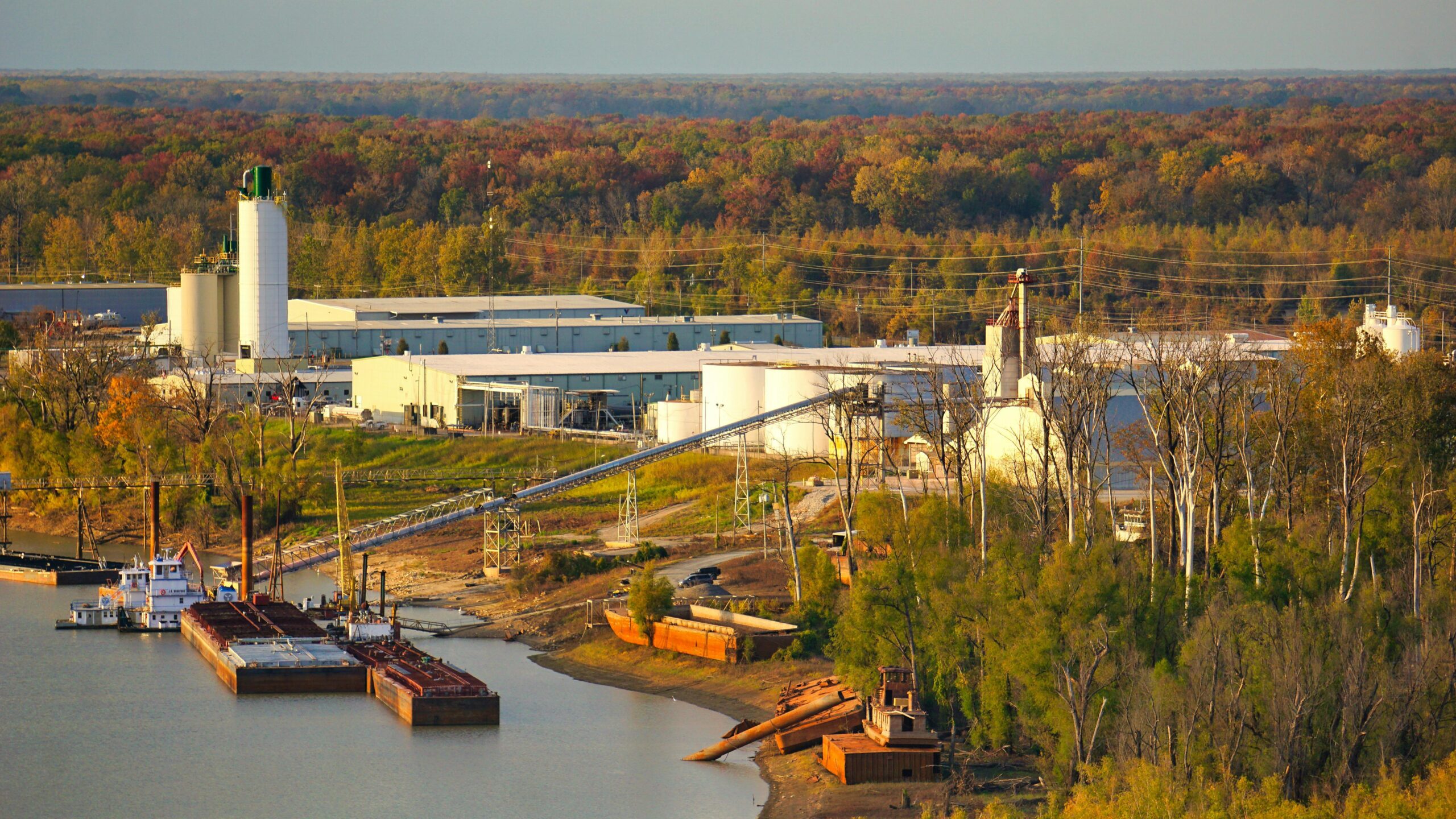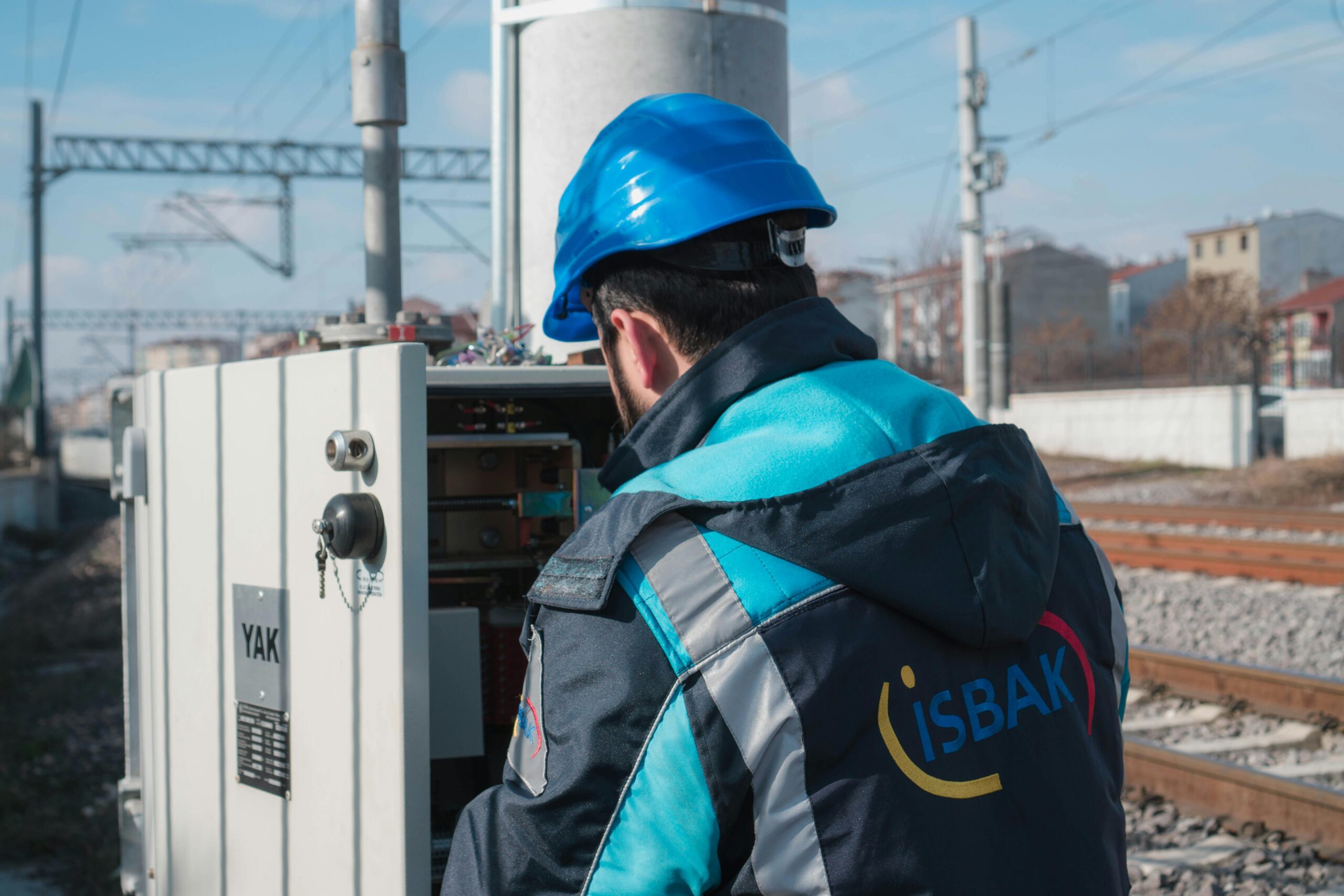
What It Takes to Go from Pilot to Production
From Pilot to Production: Steps for Scalable Success
Author: Ricardo gonzales
Introduction
Successfully moving a pilot project to full-scale production is one of the most critical and complex transitions in any energy or industrial operation. At Rev1 Energy, we believe that scaling a project requires more than technical execution. It demands strategic planning, operational readiness, risk management, and a culture of continuous improvement to ensure long-term success.
1. Defining and refining
The first step in any pilot to production transition is establishing clear goals and operational limits.
- Define your maximum production targets. Ensure all systems and equipment have undergone high-level commissioning and testing.
- Leverage data monitoring systems to capture facility performance and identify opportunities for optimization.
- Refine your processes continuously. Through strong leadership and qualified personnel, build a strategy focused on efficiency, scalability, and consistent improvement.
This early definition phase lays the groundwork for energy project implementation that can grow without compromising safety or performance.
A strong strategic foundation ensures your project can scale successfully beyond the pilot phase.
2. Strategic planning
- Develop a detailed success plan. Provide proper training for personnel, establish process charts, and implement data capture systems to track daily operations.
- Strengthen procurement and supply chains. Create spare-parts lists, identify reliable suppliers, and maintain timely procurement of critical equipment.
- Define success metrics and KPIs. Establish measurable indicators and performance frameworks to monitor progress.
- Build a business case for scalability. Clearly articulate the problem, solution, risks, and mitigation strategies to ensure leadership buy-in and investment confidence.
By planning for scalability early, companies minimize downtime and create a foundation for sustainable production readiness.
3. Process & Operational Optimization
Once a pilot project is ready to expand, operational optimization becomes essential.
- Optimize production design. Fine-tune your processes for efficient, cost-effective production capacity.
- Conduct pilot production runs. Use smaller-scale tests to identify and correct issues before full rollout.
- Train and equip the operations team. Ensure your staff has access to updated documentation, vendor training, and operational safety procedures.
- Develop governance and maintenance frameworks. Clearly define responsibilities, maintenance schedules, and communication channels.
- Observe and improve reliability. Use integrated monitoring tools to verify productivity forecasts and identify performance gaps.
This proactive approach enables continuous improvement and operational resilience as production scales up.
4. Risk Management and Improvement
Transitioning from pilot to production brings new variables — from equipment reliability to regulatory compliance.
- Conduct comprehensive risk assessments. Identify potential hazards and create mitigation strategies for equipment failures, supply chain disruptions, and quality issues.
- Apply lessons learned from the pilot phase. Use real data and feedback to drive improvements across other facilities.
- Foster a culture of improvement. Encourage teams to analyze, adapt, and optimize continuously rather than reactively.
When organizations embrace risk management and operational optimization, they gain the confidence to scale efficiently and sustainably.

Lets get started
Discover how our commissioning software can transform your project management. Contact us today for a personalized consultation and demo!



